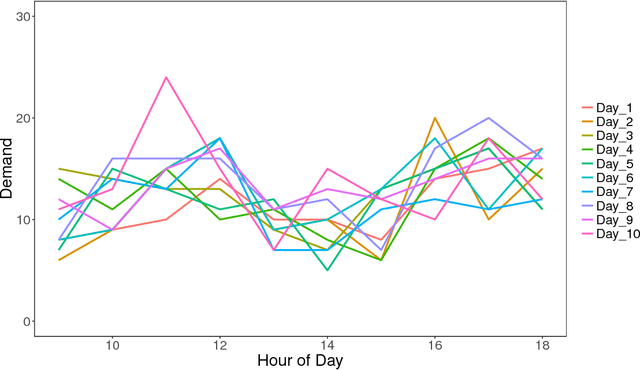Ganesh Krishnan
Hierarchical Decision Ensembles- An inferential framework for uncertain Human-AI collaboration in forensic examinations
Oct 31, 2021



Abstract:Forensic examination of evidence like firearms and toolmarks, traditionally involves a visual and therefore subjective assessment of similarity of two questioned items. Statistical models are used to overcome this subjectivity and allow specification of error rates. These models are generally quite complex and produce abstract results at different levels of the analysis. Presenting such metrics and complicated results to examiners is challenging, as examiners generally do not have substantial statistical training to accurately interpret results. This creates distrust in statistical modelling and lowers the rate of acceptance of more objective measures that the discipline at large is striving for. We present an inferential framework for assessing the model and its output. The framework is designed to calibrate trust in forensic experts by bridging the gap between domain specific knowledge and predictive model results, allowing forensic examiners to validate the claims of the predictive model while critically assessing results.
Leveraging Elastic Demand for Forecasting
Sep 09, 2018



Abstract:Demand variance can result in a mismatch between planned supply and actual demand. Demand shaping strategies such as pricing can be used to shift elastic demand to reduce the imbalance. In this work, we propose to consider elastic demand in the forecasting phase. We present a method to reallocate the historical elastic demand to reduce variance, thus making forecasting and supply planning more effective.
 Add to Chrome
Add to Chrome Add to Firefox
Add to Firefox Add to Edge
Add to Edge